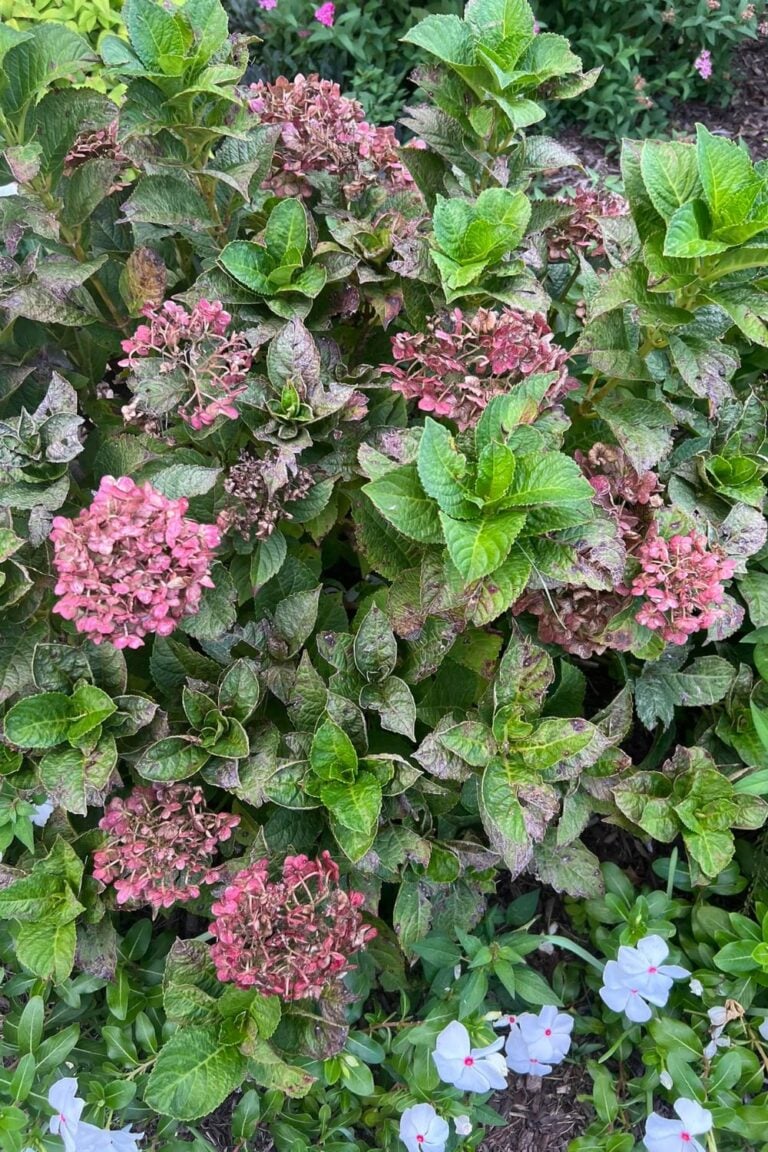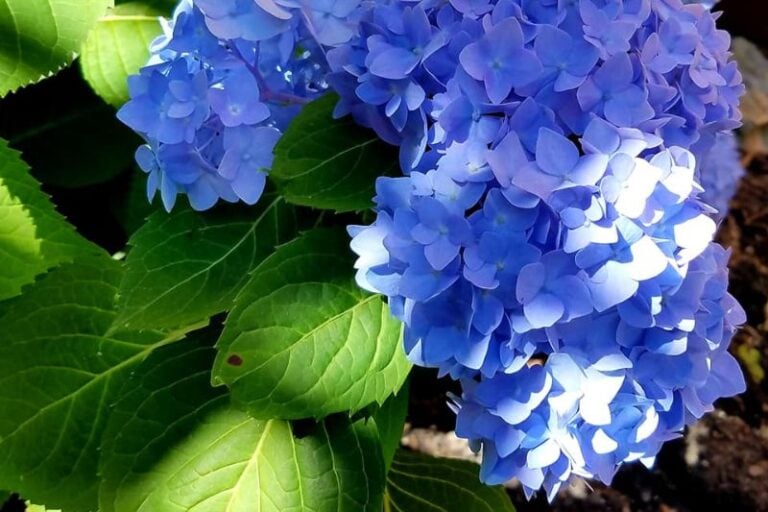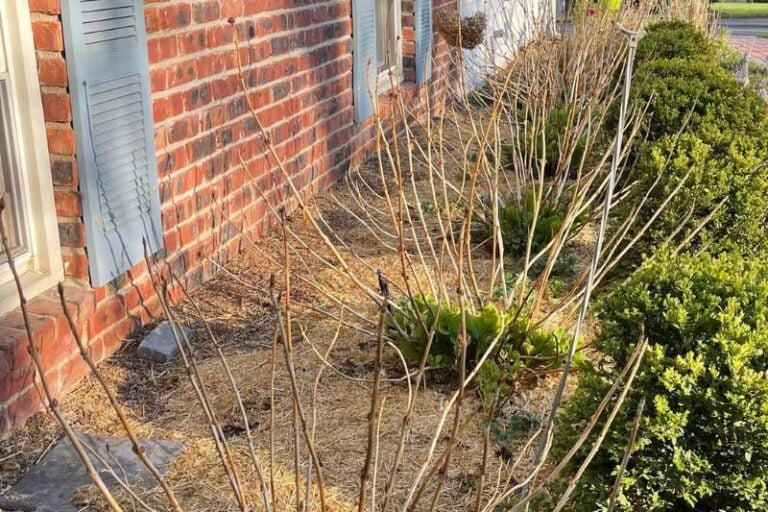What Ails Hydrangeas: 4 Common Diseases and How to Treat Them
Panicle Hydrangea, Bigleaf Hydrangea, Smooth Hydrangea, Groundcover Hydrangea, Oakleaf Hydrangea—no matter which of these beauties you grow on your property, with proper care, they’ll reward you each year with those lush clusters of white, blue, or pink blooms. If you’ve followed my tips on cultivating hydrangeas, you probably already know all about their varieties, planting,…










